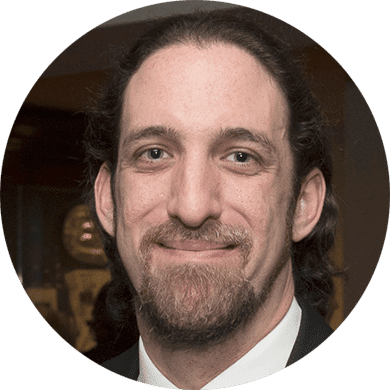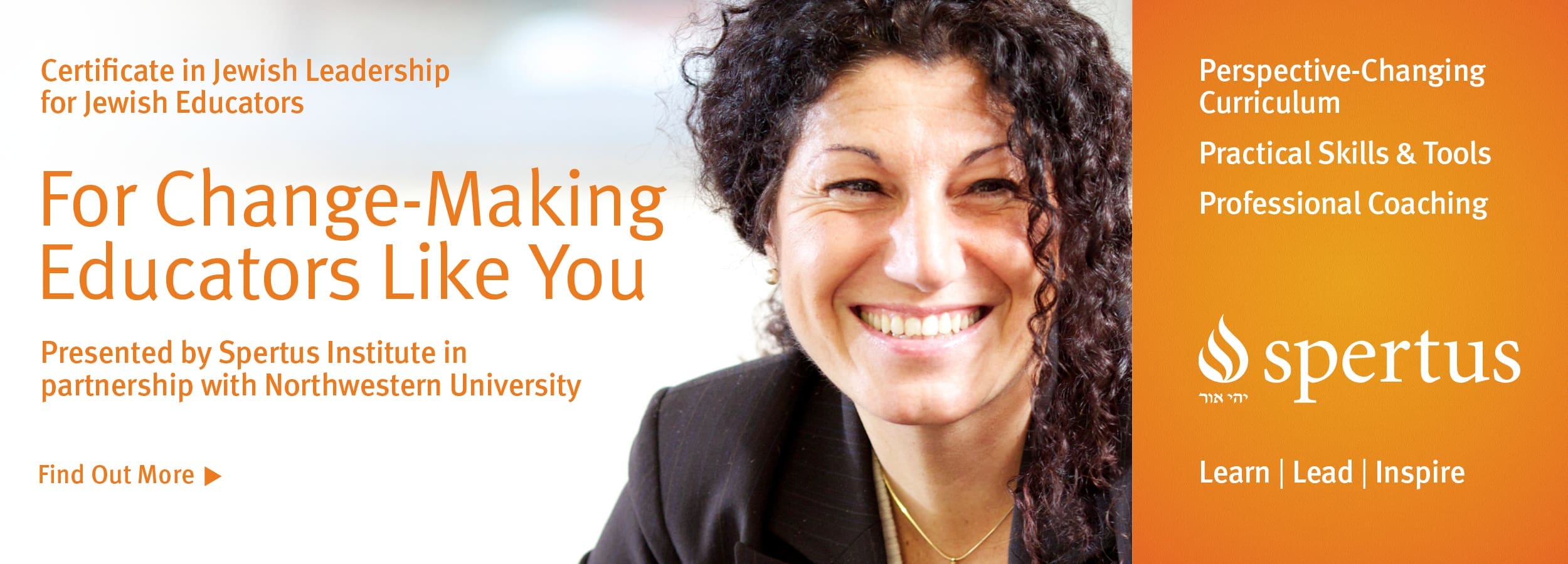In the United States and across the globe, there is an all-out assault on Jews arising from the political left, political right, and seemingly everywhere in between. From virulent and overt violence to the dog whistles of antisemitic tropes, one can see antisemitism alive and growing in almost every facet of life. In a survey conducted by ADL, over 1 billion out of 4 billion people surveyed across the world harbor antisemitic attitudes. That is over 25%. As the Program Manager for Echoes & Reflections, my career is focused on helping secondary educators effectively and responsibly teach about the Holocaust and contemporary antisemitism. This work has been inspired by my previous role in the classroom and the reaction to antisemitism I saw in my own students.
As a non-Jew teaching in Catholic high schools, I am almost positive that I never had a Jewish student. By my sixth year teaching in 2019, the project Eva’s Stories premiered in January on Instagram. Filmed utilizing the platform’s unique features, it was a modern way to tell the story of one person’s experience of the Holocaust. Although I mostly taught Catholic theology, I often engaged my students with contemporary issues, what was happening in the news, and what I was learning in my graduate program in Holocaust and Genocide Studies. Before I started the day’s lesson, we watched the first few stories posted on the Instagram account and discussed briefly what the students thought about telling such an important story using the platform.
With our conversation finished, I went over to my computer to change the big screen to project my PowerPoint for that day’s lesson. A student spoke up and asked what the echo symbol in the comment section was ((())). I answered, informing the student that it was a tool used by antisemites to denote who was Jewish on the internet and thus open them up to harassment and vitriol. I remember saying it matter-of-factly. Even though this student didn’t know what the echo symbol was, I assumed they knew that Jews were constantly bombarded with antisemitic abuse on the internet. I was mistaken. The student was horrified by my simple explanation. She was completely unaware of the cesspool of violent Jew-hate that floods the internet. Although probably not the safest response in hindsight, I began scrolling through the comments as account after account spewed antisemitic tropes, degrading rhetoric, and pure hatred to an Instagram post that had been created to teach a factual and what should be a non-controversial topic.
We often think of antisemitism as a core belief of antisemites similar to how we view Adolf Hitler and the Nazis: consumed with a violent hatred of Jews and a desire to rid the Earth of them by murdering every last one. Yes, there are plenty of antisemites that believe in The Protocols of the Elders of Zion, indulge in the wildest conspiracy theories, and base their entire worldview on the evil Jew. They are ignorant, hateful, dangerous, and frankly, a small minority in the world of antisemitism. They may be the most dangerous of committing acts of terror and murdering Jews today, but they are on the fringes of society and do not pose the same level of threat as the systems, institutions, and public antisemitism that has infiltrated human society for generations.
My students were not antisemites by this definition and most likely will never join a Neo-Nazi movement or engage in the violent actions of these radical extremists. I think we could say that about the majority of people in the United States and certainly the vast majority of students who have been fortunate enough to have caring parents and guardians, good teachers, and placed value in their education. That is not to say, however, that my students were not antisemitic. They were raised and educated in a system that perpetuates antisemitism, that utilizes dog whistles to rally the most extreme in our society to persuade us to believe that their fringe beliefs are mainstream, and who have been bombarded with antisemitic tropes in their social media. For some of them, like the young woman who asked about the echo symbol in my class, they are unaware that antisemitism exists today and yet know the negative stereotypes that have been used for centuries and may even accept them as true when it fits their agenda.
Have you ever asked an older person, whether it be a grandparent or someone else, a question, and the answer you get makes you cringe? I can remember my grandmother telling me about the “nice Chinaman” who helped her at the gas station. When I discuss antisemitism with teachers and students, I often use the example of my uncle claiming at the breakfast table while reading the newspaper, “Well of course it says that since the Jews control the media.” These were not people I would describe as ignorant, hateful, or antisemites and yet it is clear that the system in which they were raised imbued in them a latent racism and antisemitism. This is how antisemitism continues to exist even after the horrors of the Holocaust and why it is so easy for it to escalate and erupt once again: It is always there in our society. It always exists in our systems, in our institutions, in our government, in our education, and in almost every other facet of our lives. Latent antisemitism remains a fact in human society.
Antisemitism burns uncontrollably when fueled by ignorance and fear, but that is not where it is first learned, taught, and manifests itself in each individual. Antisemitism morphs, changes, adapts and is perverted to fit the current landscape but its existence within the systems that are part of human society remains. It will take exhaustive education, understanding, empathy, compassion, and courage to combat the systems and create a just society that includes Jews. In their formative years, most young people do not encounter Jews on a regular basis, if at all. They are even less likely to learn about Jewish life, culture, diversity, and all the wonderful aspects of Judaism. They have no connection to Jews or real knowledge of what it means to be a Jew. They have no evidence to disprove the seemingly endless conspiracy theories and vitriol aimed at Jews from nearly every direction. They are fed lies from their earliest development about Jews, especially when they do not know any.
Young non-Jews need education (as do plenty of adults). They need experiences learning about Jews and Jewish life. They need to discover the traditions, the history, and the people. They need to be invited into various aspects of Jewish life, from religious services to Passover Seder. They also need to understand the nature of antisemitism as illogical, baseless, and yet ever-present, with the potential to escalate at any time. With the knowledge of the beauty of Jews and Judaism with the ever-constant threat that Jews face, they will be empowered to advocate for and protect their new Jewish friends. Understanding this can help young people combat blatant lies and slander with the truth, empower young Jews to be proud of their heritage and share their beliefs and culture with others to cultivate empathy and understanding, and be inspired to reach out and bring non-Jews into the fight against antisemitism.
For those victims who have had to endure and continue to endure antisemitism, it is a personal and emotionally harrowing experience. As a non-Jew, I can sympathize with Jews, but I cannot truly empathize with that horrible experience as it is one that I will most likely never have to endure. But a clueless non-Jew who doesn’t know antisemitism still exists or just how prevalent it is? That is an experience that I truly understand, through my own upbringing and in the eyes of my former students. We may never be able to educate and change the minds and hearts of violent extremists who are determined to wreak havoc and endanger Jewish lives, but the vast majority of antisemites just need to be educated and empowered to act against antisemitism. It may be an illogical and baseless hatred, but it exists and grows in a scientific and systematic way, especially recently as the ADL has tracked over 2,000 antisemitic incidents in the United States for each of the last two years. We must work to dismantle the systems in place that perpetuate antisemitism while engaging with young people to understand its nature, why it is disgusting and wrong, and what can be done to combat it.

Reach 10,000 Jewish educational professionals. Advertise in the upcoming issue of Jewish Educational Leadership.





